Electric Bromptons Compared: Geared Front Hub Motor Kits from ARCC and Sparticle [VIDEOS]
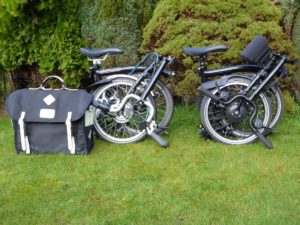 We have already featured three electrified Bromptons – Brompton’s own electric plus the Swytch and the Nano kits both based in the UK and which can be retrofitted.
We have already featured three electrified Bromptons – Brompton’s own electric plus the Swytch and the Nano kits both based in the UK and which can be retrofitted.
But they just keep coming! Testament to the popularity of the British made folding bike that can rightfully claim to be one of the best if not the best folding bike in the world; certainly it is one of the most compact and quickly folding and portable bikes out there, so unsurprisingly, it has proved a huge hit with commuters who want to combine a bike journey with another form of transport and take their bike with them.
The challenges of designing and fitting a motor system to the Brompton are considerable as many of it’s specifications are not at all standard in the bike world.
Most notably the front forks have an internal dropout width of 74mm, far narrower than the vast majority of hub motors.
If using a geared hub motor it also needs to be geared correctly to give the right amount of assistance at the right speed for the smaller than usual 16″ wheels.
Lastly the Brompton has a relatively complicated fold-in-three folding mechanism which forces cable runs into some quite tight bends, so any electric system needs to pay careful attention to where wire runs go in order to avoid damage to them.
The limited handlebar and frame space are further complicating factors when fitting all the other electric components too.
Despite all that there are now plenty of systems that will fit a Brompton and that have been designed or at least modified to fit it.
Here we take a look at another couple both featuring geared hub motors.
ARCC e²-pod System
In 2016 I visited the ARCC Innovations design and manufacturing site in Cambridge to check out their impressive production facilities and the design work on the e2-pod first generation electric assist kit.
You can read more about my visit and about my test of an e2-pod-powered Moulton here.
A Brompton specific system was not available in 2016 but it is now, so I was excited to receive a loan model that featured the 2nd generation e2-pod system, now featuring a Bluetooth wireless power level control, something not found on many e-bikes, and a technology particularly suited to the Brompton as it avoids bending and folding electrical cables.
The ARCC e2-pod uses a 250W geared front hub motor (the system is UK spec only and must be factory fitted at the firm’s Cambridge base in the UK).
This is connected to a very solid looking aluminium ‘pod’ (wiring nexus and battery mount) which ARCC CNC machine out of solid aluminium-manganese alloy billets then polished, hard anodised and weather-sealed.
The battery slots onto the front of the pod and ARCC offer 144 or 216Wh Bosch power tool batteries and there is the option of buying an even larger 324Wh Bosch powertool battery though that is not directly available from ARCC, only through other outlets.
All three capacity batteries can either be slid as they are onto the pod or used inside an adapted Brompton bag.
Using powertool batteries certainly has plus points; they are relatively widely available and reasonably priced and robust.
The main downside is that they are small capacity compared to the modern standard of 500Wh batteries, a figure that is creeping up all the time too.
Still, by its nature the Brompton tends to get used for ‘short hops’ where the rider will have to carry bike and luggage when off the bike, so smaller batteries are not the disadvantage they might prove on a bigger eBike.
The Pod is really the brains of the system, processing information from a bottom bracket torque sensor and brake lever sensors that are cable connected to it and it also houses a 3-axis accelerometer which estimates gradient steepness and in automatic mode it can then adjust power accordingly.
As well as meaning quick motor cutout on braking, the brake level sensors allow you to activate the ‘launch control’ feature by applying both brakes and pressure to the left pedal – ARCC say the pod senses this and delivers maximum power to the motor for a period of three seconds, so that ‘an effortless get-away can be achieved for safety, when moving away from traffic lights and crossings in heavy traffic.’
The pod also houses a bank of three USB-C ports on the side for phone or GPS charging
Finally there is a beautifully finished handlebar control that sits next to your right thumb and lets you wirelessly Bluetooth changes in power level to the pod and also to change between manual and automatic mode.
It removes from its secure magnetic cradle style holder so you can easily slip it into a pocket as a way of making the bike less attractive to thieves.
The ARCC system seems designed to respond to a reasonably light pedal pressure and early selection of low-ish gears for the most effective hill climbing.
However, once you get the feel for the system it zips up hills in a very impressive manner for such a bijou motor.
The motor itself provides an assistance range of 88% – 176%. In manual mode this is dictated by the power setting and by your pedal pressure and cadence but in automatic it is applied irrespective of the power the user is putting in and is judged by feedback from the accelerometer.
At less than 3% slope, performance will be the same as manual mode but on steeper slopes the assistance kicks in progressively to reach a maximum level on a 13% (7.5°) slope.
In automatic mode assistance will never be less than in manual mode, but it can be greater than manual if the bike is climbing a gradient.
In effect the automatic mode gives greater hill climbing ability for less human input. I thought of manual mode being ‘workout’ mode as it got me moderately out of breath over hilly country whilst automatic mode was treated as ‘get to work without sweating mode’.
Pros
The ARCC e2-pod system provides a silky smooth ride, the motor pulling along nicely some fractions of a second after you start pedalling, and cutting off almost instantaneously on stopping.
It’s clearly made to a very high standard too. The pod itself and the handlebar control unit are beautifully engineered and manufactured and the high tech Bluetooth approach works very well.
It’s also pretty lightweight for an electric Brompton. Complete with battery my converted M6L Brompton weighed 34.75 pounds (15.77kg).
A non-electric M6L weighs around 25.8 pounds (11.7kg) so the complete kit adds around 8.8 pounds (4kg).
The 6Ah battery I was using weighs a bit over a 2.2 pounds (1 kg).
Removing it for folding would leave you with a 32.4 pounds (14.7kg) folded bike which is still probably just within acceptable train commuting weight (think of lifting it onto those luggage racks…).
Unlike some other systems (including the Sparticle featured here) it can be fitted to models with titanium forks, giving the potential for an even lighter electric Brompton than my test model.
If fitted to a titanium-specced two speed model for example you would have a circa 30.9 pounds (14kg) e-bike with battery and a sub 28.7 pound (13kg) one with it removed.
Cons
The system is not quite as immediately responsive to pedal pressure as a Bosch or Shimano mid-motor, nor does it have their raw power – but of course that approach would inevitably add more weight and shaving the grams off a folding bike is doubly important.
The buttons on the handlebar control are quite small and not quite as easy to manipulate with gloves on compared to some of the larger rubberised designs.
It’s a little more noisy than average and so will draw a bit more attention to the fact it’s an electric bike, which you may or may not be bothered about.
Summary
Very possibly the smoothest performing and highest quality electric Brompton motor system out there.
It goes a considerable way towards solving many of the difficult engineering challenges that electrifying such a relatively complex folding design brings.
Price £1799 not including Brompton.
Must be fitted at ARCC’s Cambridge plant. Can be fitted to your own secondhand model or ARCC can source a new Brompton.
ARCC will honour the Brompton warranty on new bikes and any remaining warranty on already purchased models.
More detail here.
Sparticle
The Sparticle is a geared front hub motor kit from the UK’s Electric Transport Shop (branches in Bristol, Cambridge, London, Oxford and York).
ETS are stalwarts of the UK e-bike scene, having been one of the first specialist e-bike retail chains on the market several decades ago and so have a wealth of experience.
The system uses the ubiquitous Bafang front hub motor and as the forks need widening via cold setting (ie stretching to make them wider) ETS advise the kit is best fitted at one of their shops, though they are happy to supply kit only if you are confident and happy in the fitting process.
It comes with a very solid looking anti-torque washer that locks the motor in the forks and stops the axle rotating in the forks under peak motor power.
There are three sizes of battery – 390Wh, 555Wh and 960Wh – and ETS will install your choice plus a suitable controller in your Brompton bag, preserving the ability to carry luggage on the front luggage block.
With the bag on the luggage its then simply a case of connecting up the two leads from the bag to the motor and the handlebar display via two small waterproof connectors and turning on the power on the handlebar control.
The weight of my 3 speed test bike without the front bag (that includes battery and controller) is 32.1 pounds (14.57kg).
The weight of this model of Brompton without any electrical components is around 26.5 pounds (12kg) meaning the motor and handlebar unit weigh around a respectable 5.7 pounds (2.6kg).
The test bag came with a 555Wh battery and the controller is also wired in and this combination weighed around 12.3 pounds (5.6kg).
The bag itself weighs around 3.5 pounds (1.6kg) so the overall weight added by the kit with this middling (but still pretty sizeable) battery option is in the region of 14.6 pounds (6.6kg).
To get riding just set your power level and use the twist grip next to the right hand bar grip and off you go.
The first two power levels give relatively modest levels of assistance and fade out at quite a low speed whilst the top level is real blast and should conquer most hills put in its way.
There are motion sensor and throttle only versions available.
Pros
This is the most powerful hill climbing UK spec system of all the UK systems EBR has tried and throttle control means immediate power on tap.
I tested it in the gales, rain and floods of February 2020 in hilly countryside and it stood up to everything the weather and terrain could throw at it with ease.
With this size of battery and power of motor it represents good value for money too.
Cons
The lack of contact points on the luggage block (as featured in the Nano system reviewed here) means folding and unfolding is a bit of a lengthier process than otherwise as you have two leads to connect and in dark conditions for example it can take a bit of fiddling about to ensure they are lined up correctly – luminous alignment marks on the connectors would help and it’s an easy DIY job to put these on yourself.
The motor and battery options especially are relatively big and heavy for a Brompton kit but of course you can’t get the extra range and power the system offers without that trade off.
Summary
This is about as simple and straightforward in technology terms as it gets and means a system that provides plenty of throttle power on tap at a good price.
Price From £750
More detail here
So Which One
The ARCC e2-pod is extremely well made, slick and sophisticated in operation and backed by an impressive guarantee.
The two possible sticking points will be the premium price (for what is undoubtedly a premium product) and the lack of raw power when measured against bigger hub motors like the Sparticle or the Crystalite SAW20 motor from Canada’s Grin Technologies (both of which result in a heavier system than the ARCC of course).
If these aren’t hurdles for your riding needs and pocket then the ARCC system has to be near or at the top of your list.
By contrast the ETS Sparticle offers more readily accessible power, lower price and a bigger battery.
Whilst it’s not the lightest system out there it is one of the more powerful and if you can live with the compromises it offers good value for money.
Stay tuned for more e-bike news and reviews and thanks for reading!
-Rich
P.S. Don’t forget to join the Electric Bike Report community for updates from the electric bike world, plus ebike riding and maintenance tips!
Reader Interactions
Comments
Trackbacks
-
[…] an electric folder like the Brompton or one of the many after market kits reviewed here and here for […]
-
[…] This week I have been trying out the latest of the many Brompton kits out there. EBR has already tested some models here and here. […]
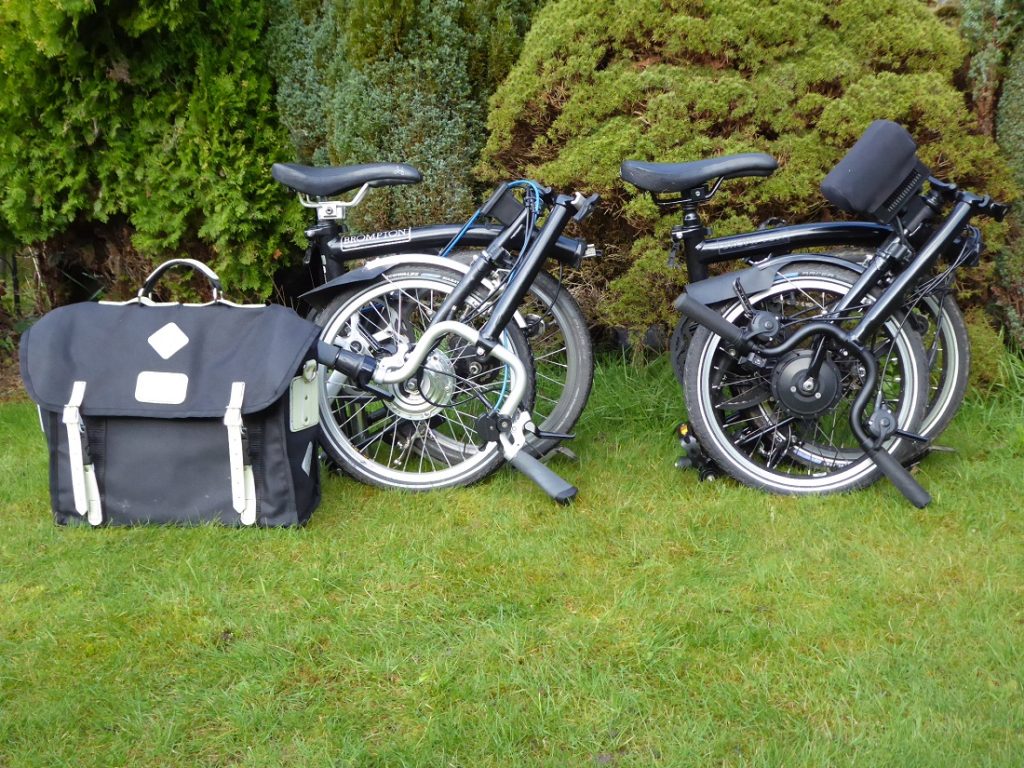
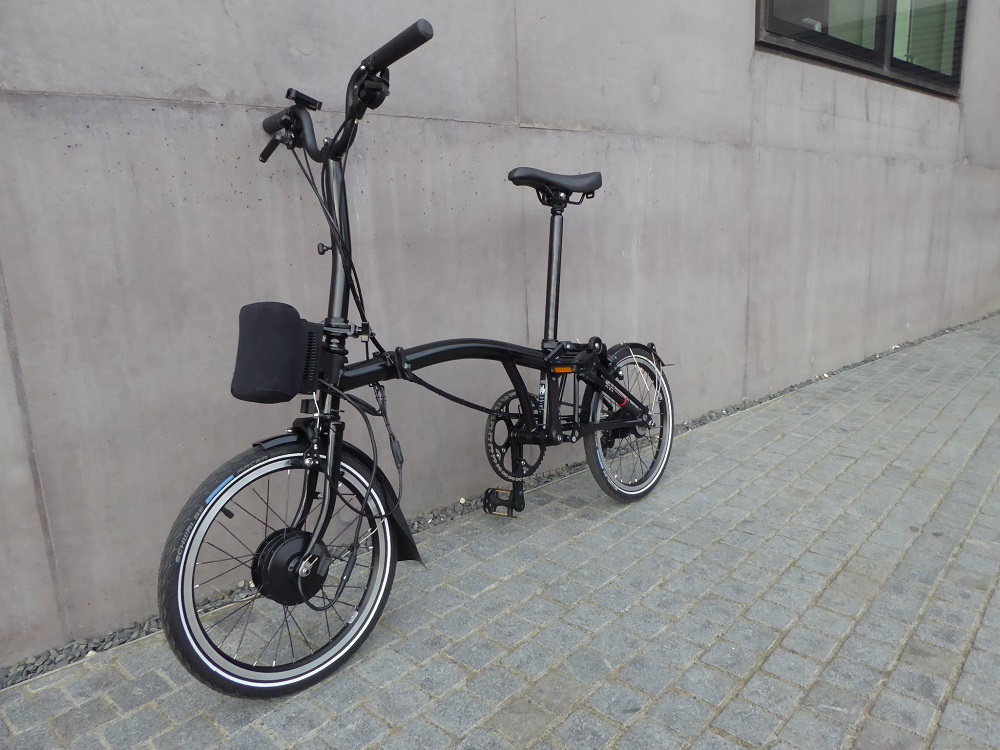
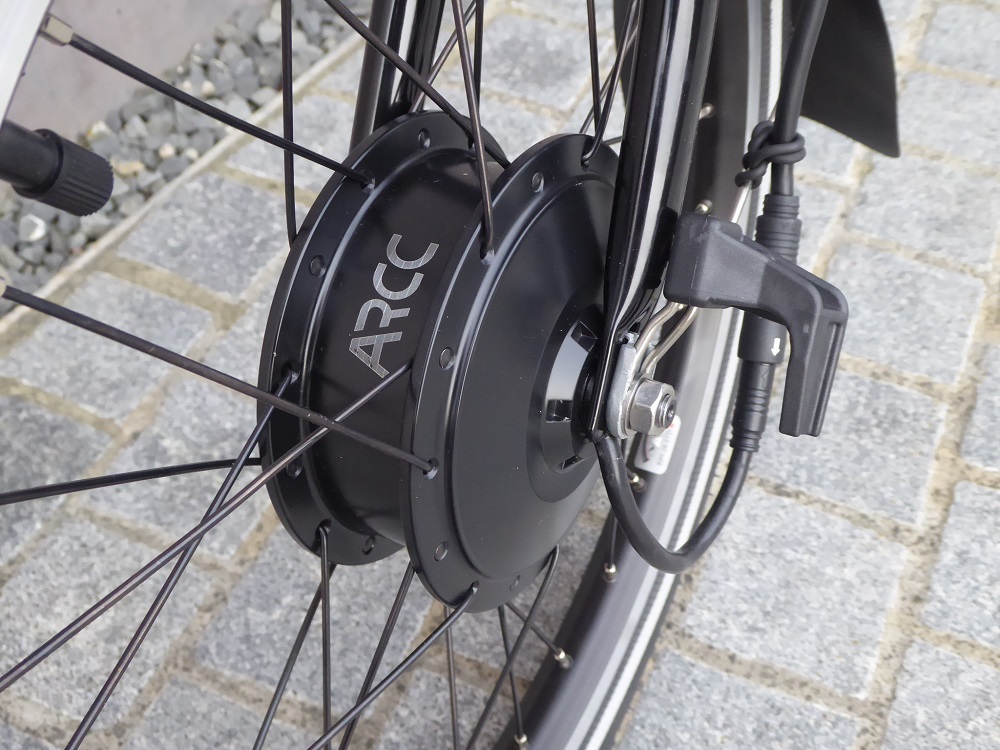
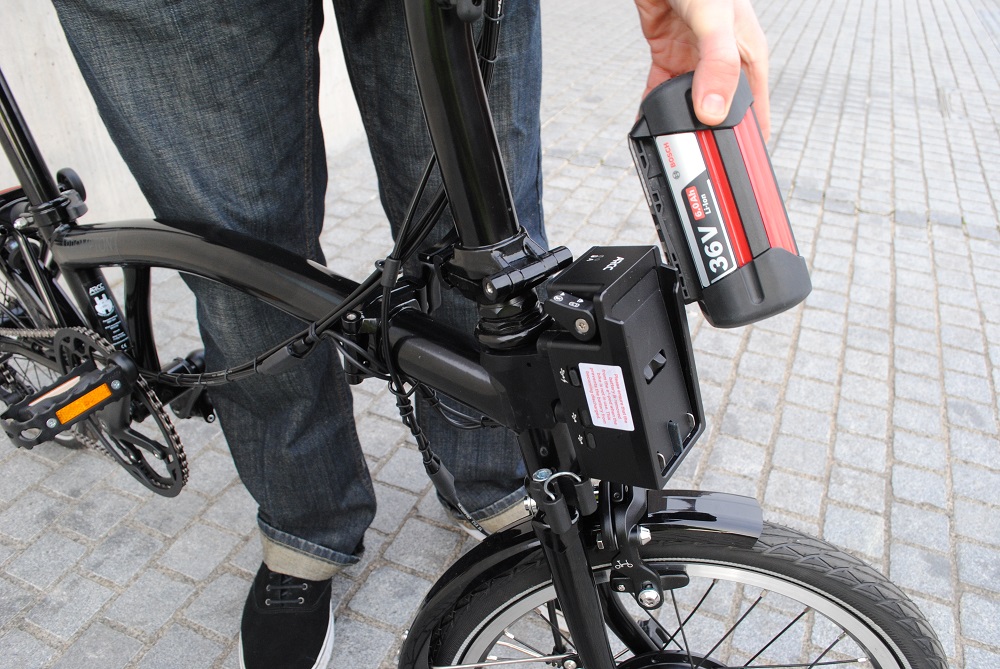
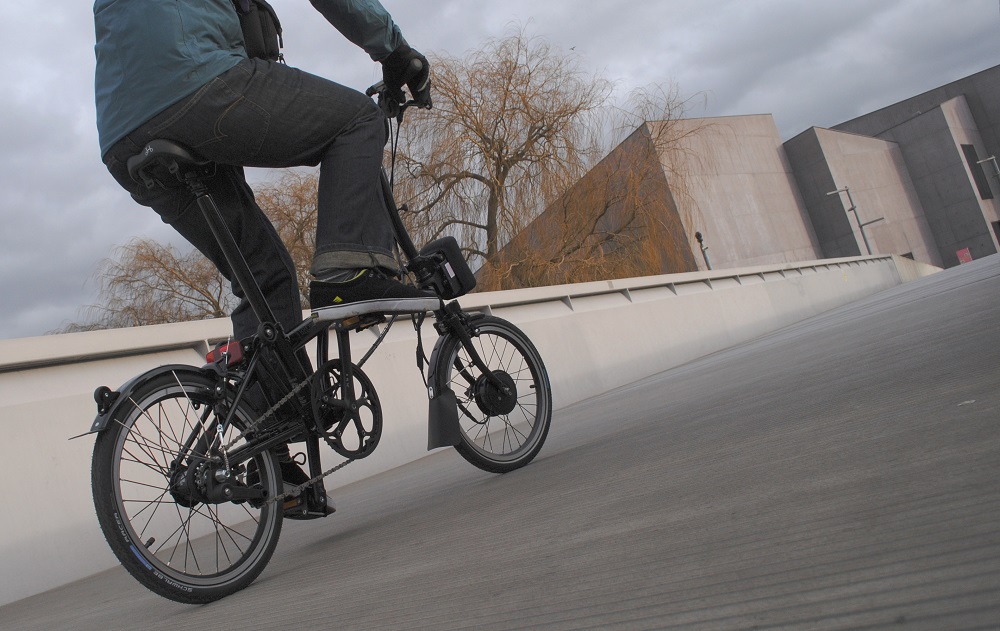
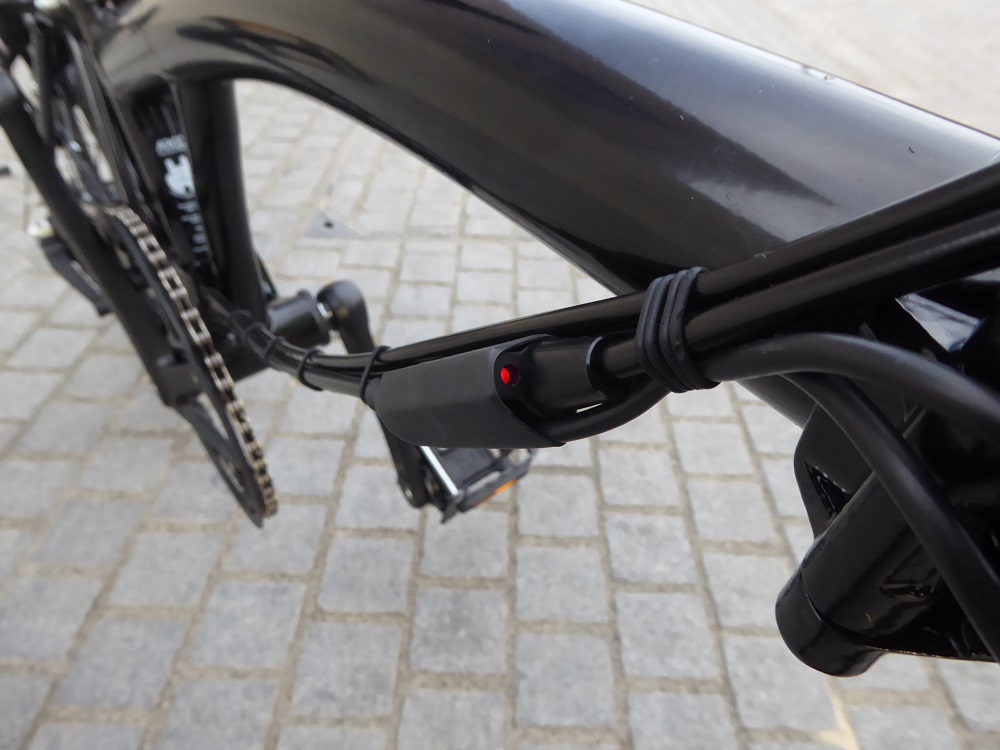
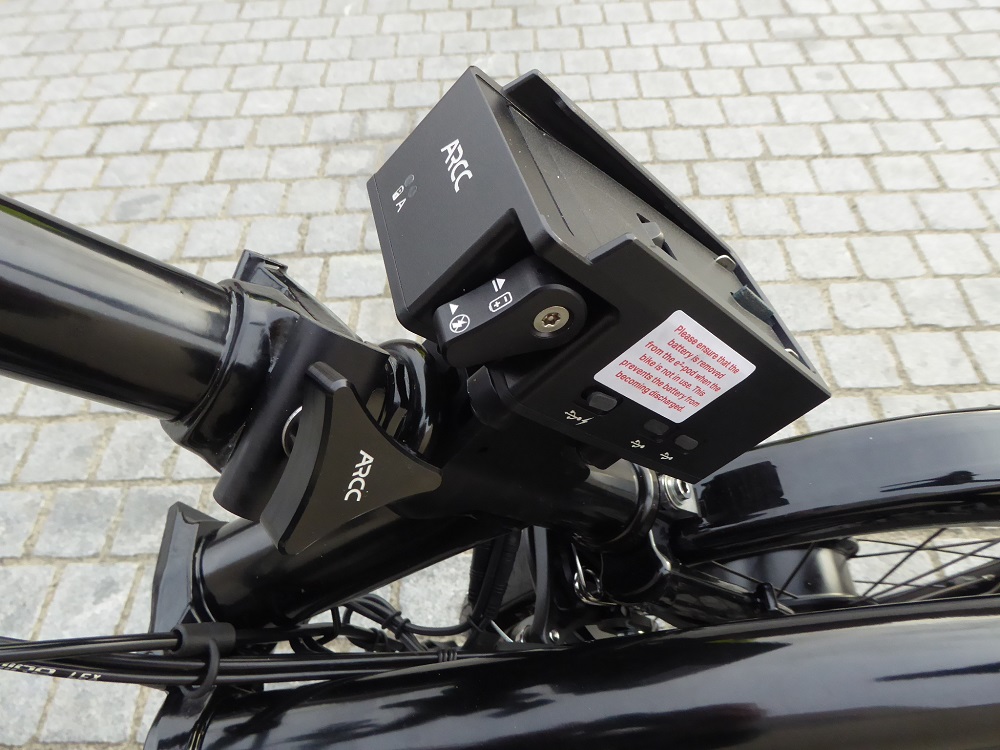
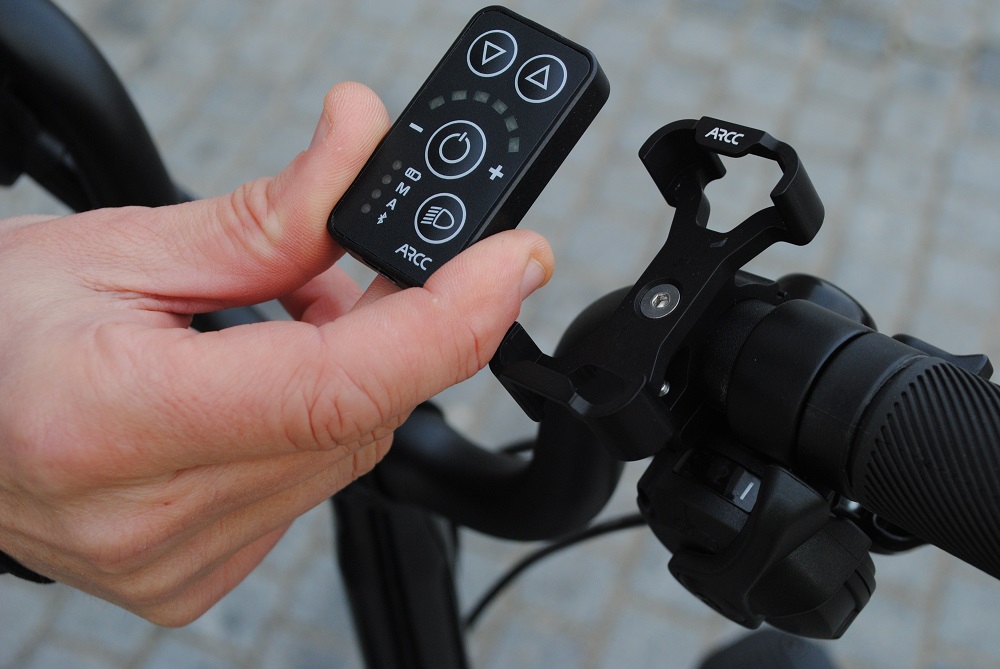
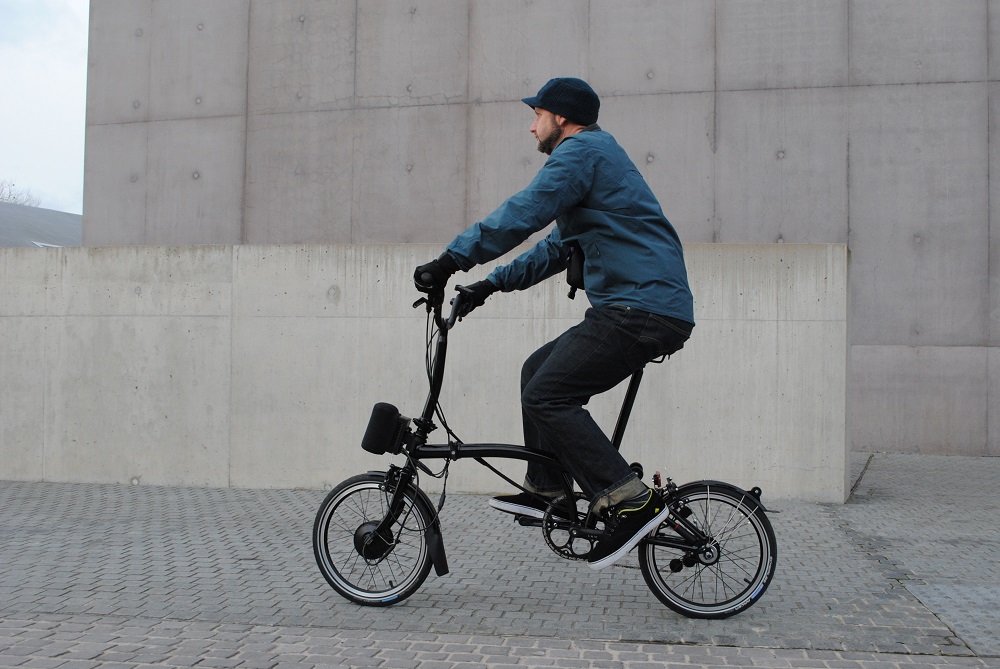
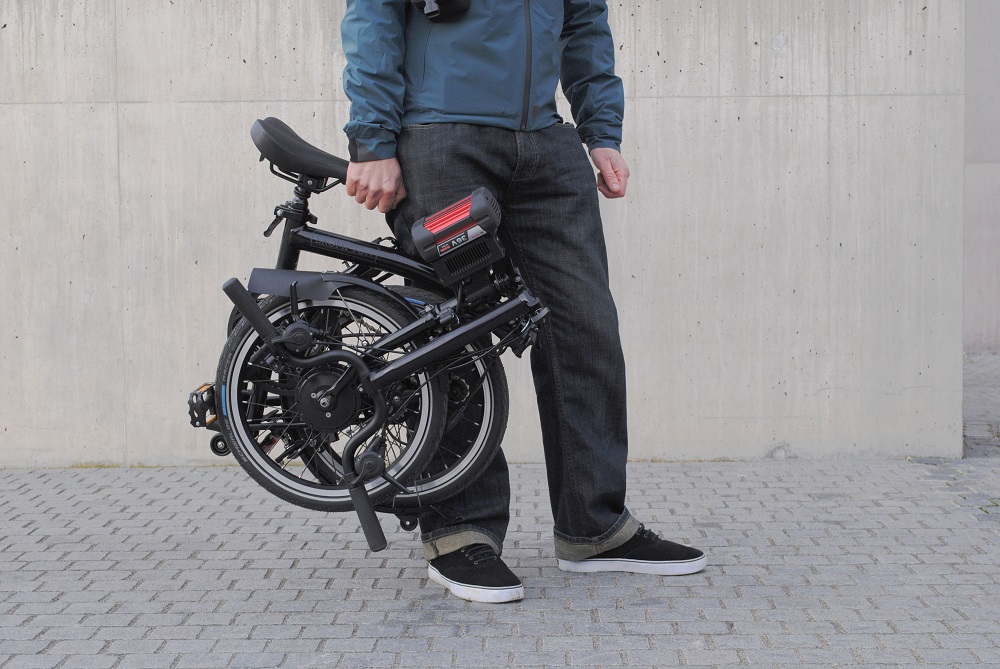
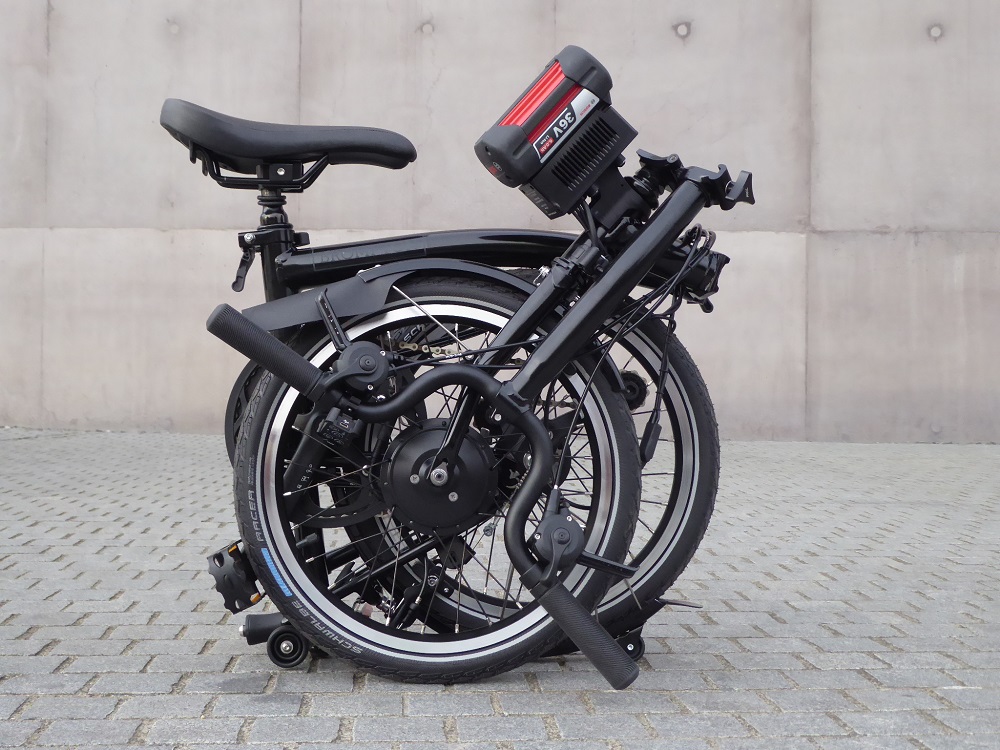
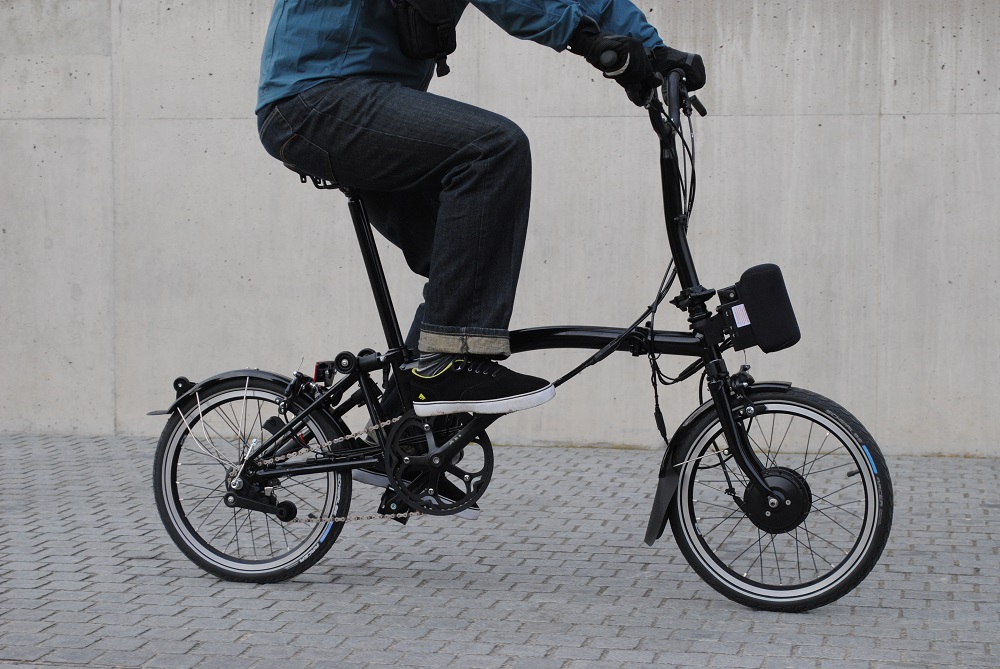
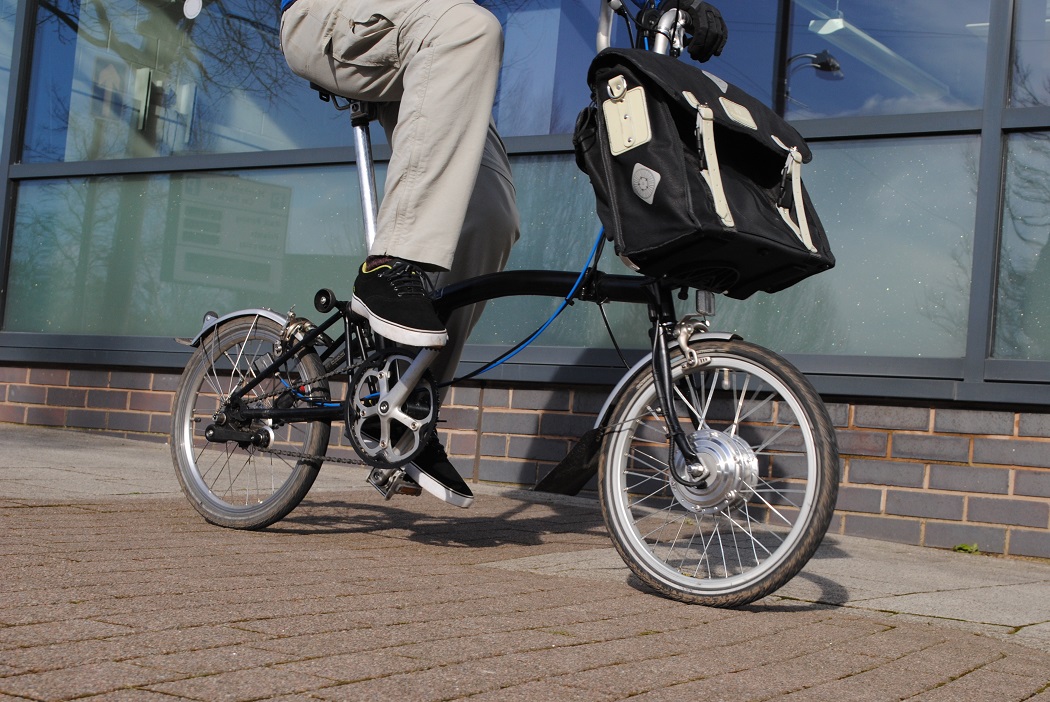
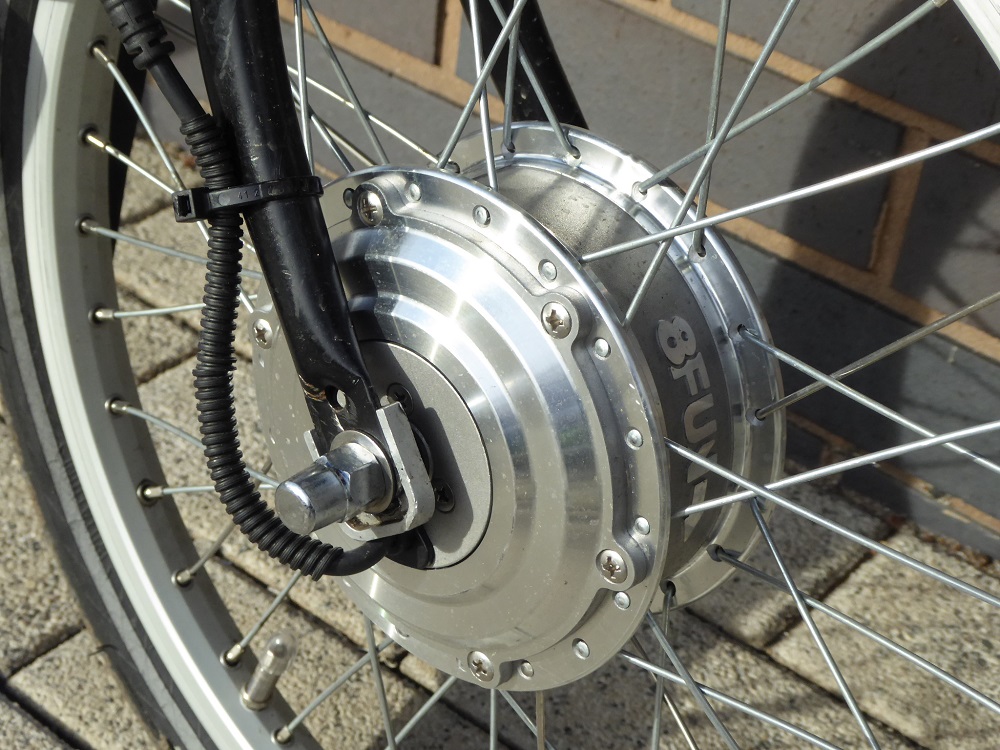
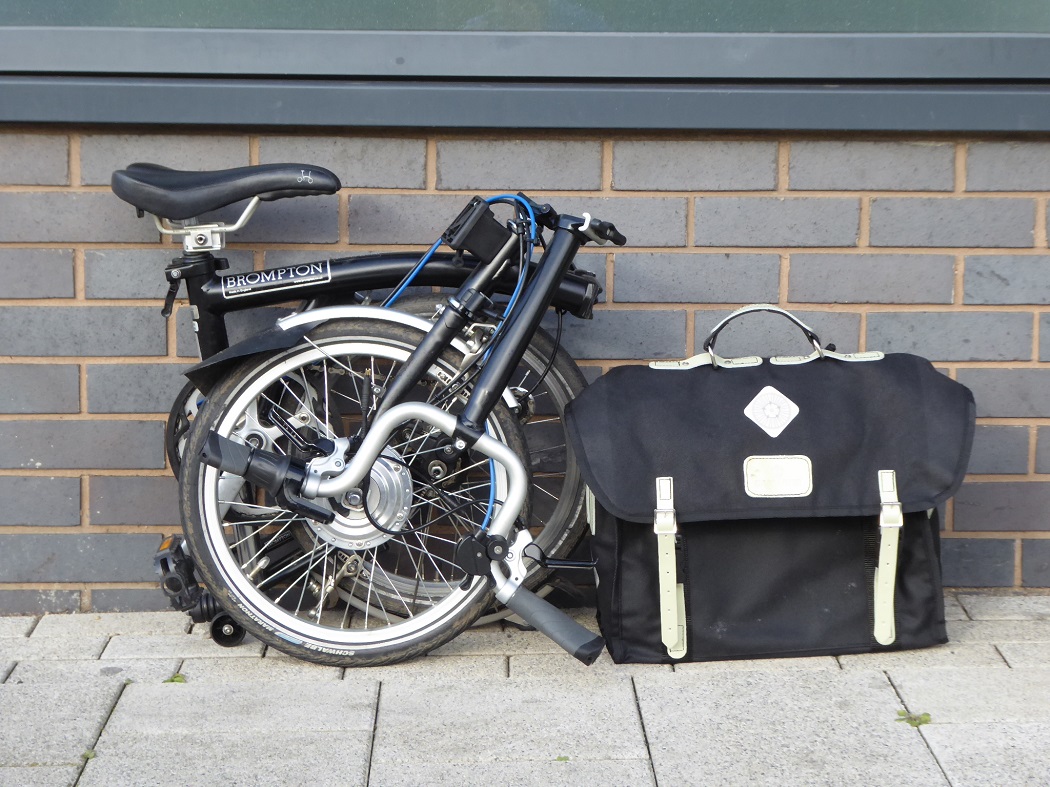
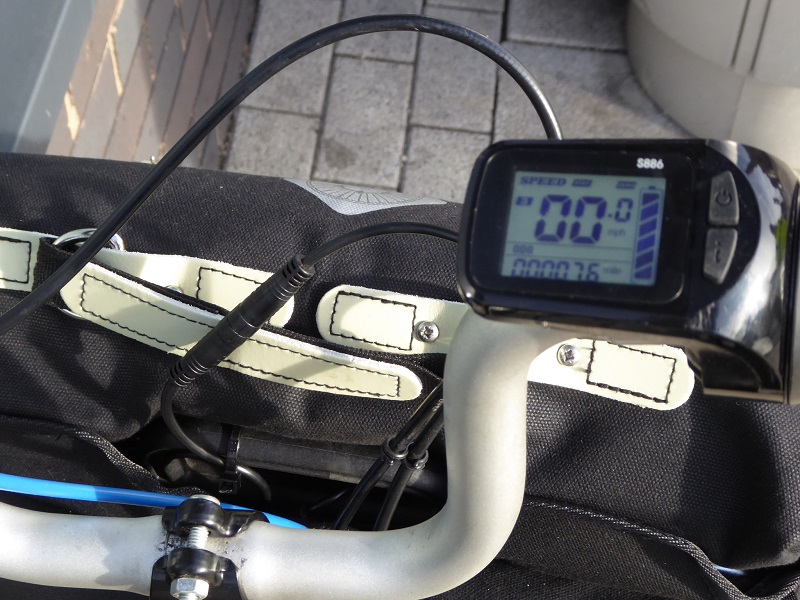
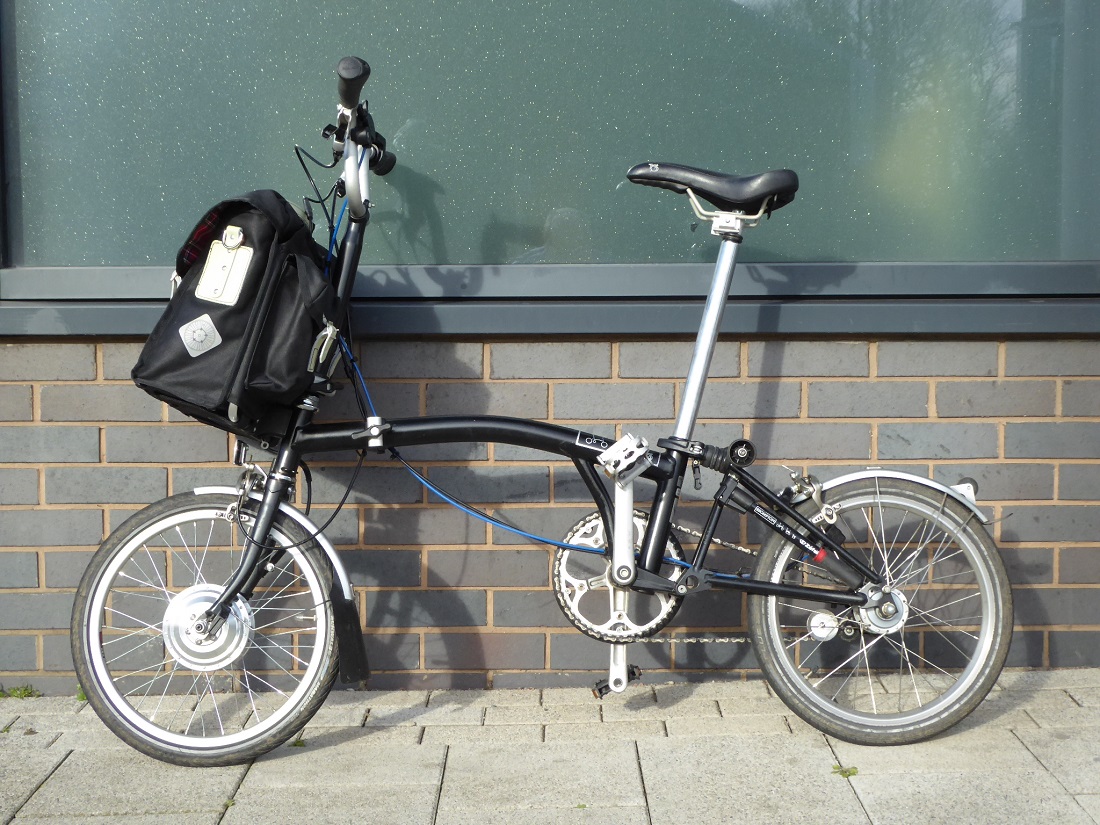
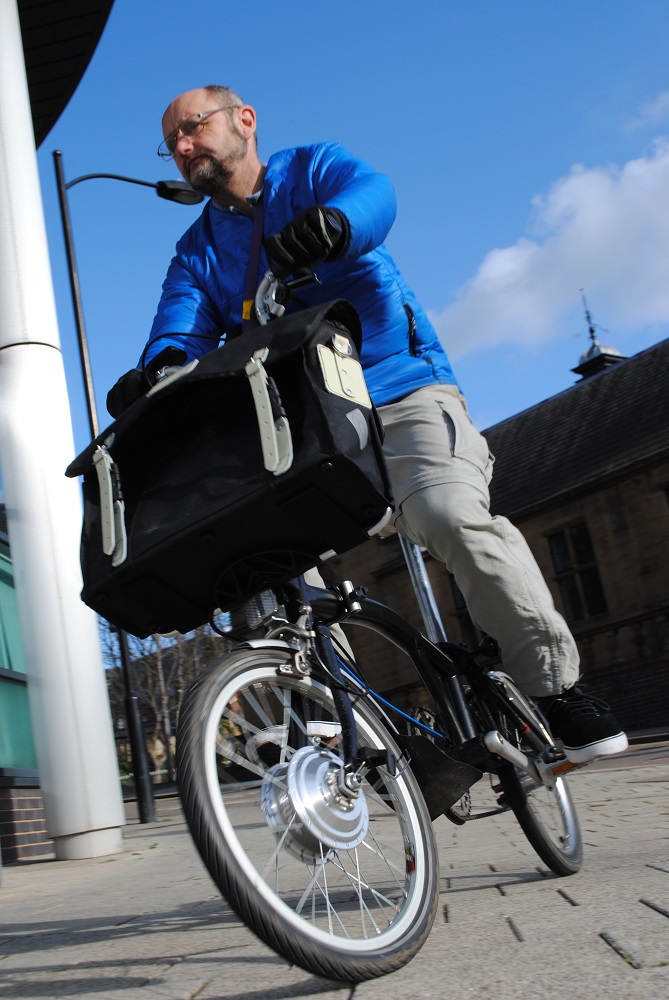



ETS who make the Sparticle system have been in touch to say:
1. in most cases after discussion with customers we add a clear white highlight to the connectors
2. Our systems can be upgraded from OverDrive 555wh to Xtreme 960wh by only changing the battery and programming so they are upgradable and future proof.
3. We converted our 1st Brompton almost 15 years ago and still support the oldest systems and offer customers a unique anti-obsolescence guarantee.
4. Our Bafang motors are custom made to achieve greater performance and efficiency and are not off the shelf specification.